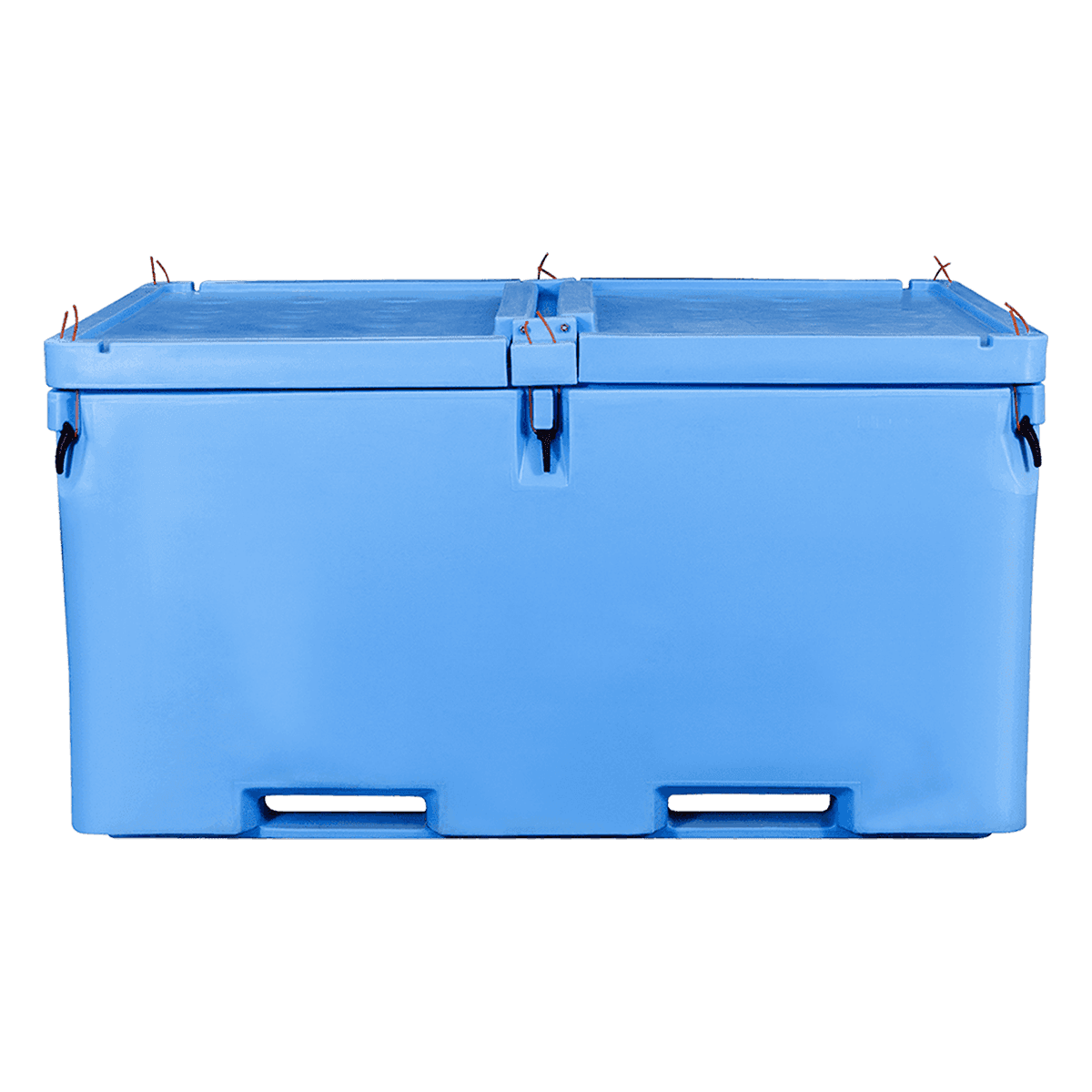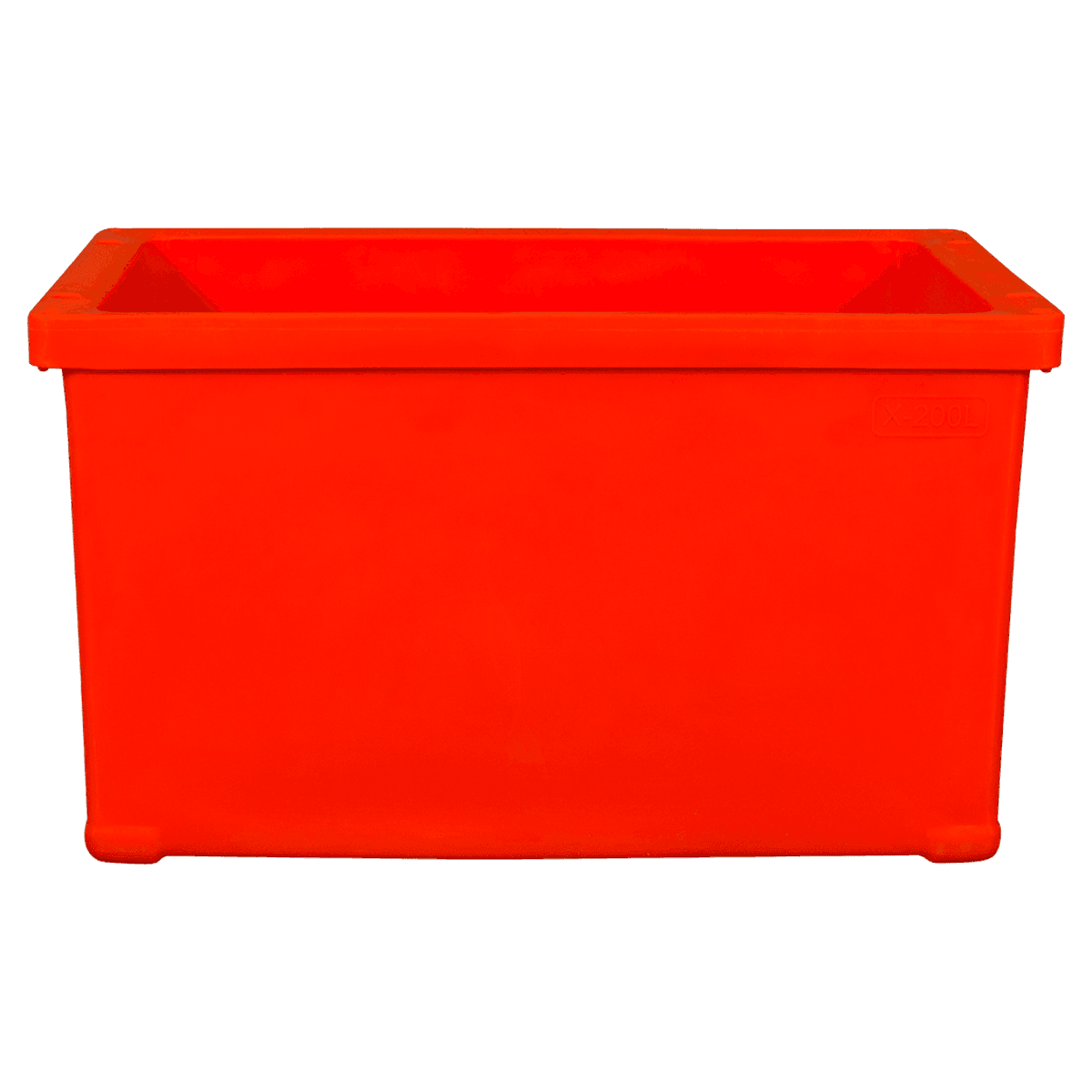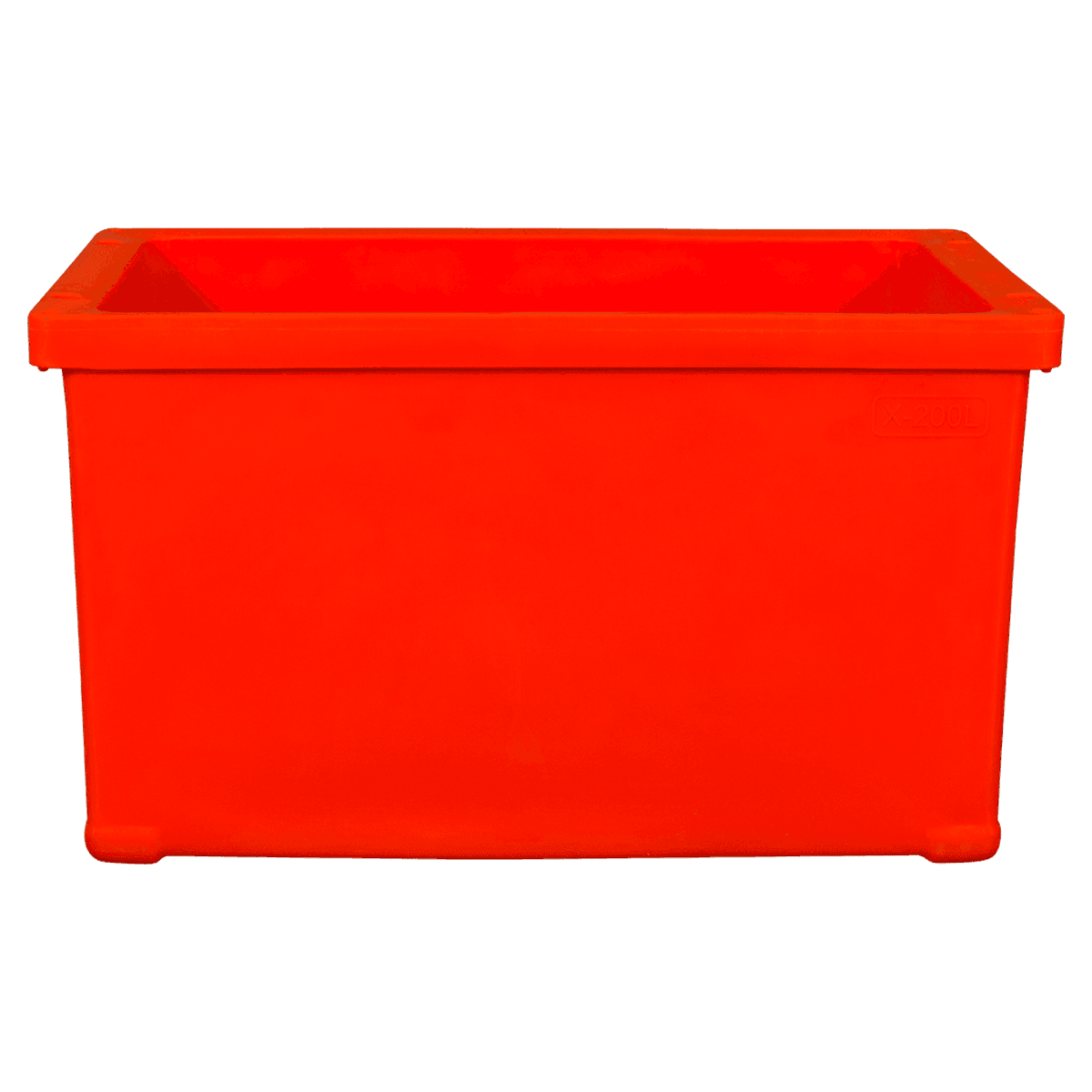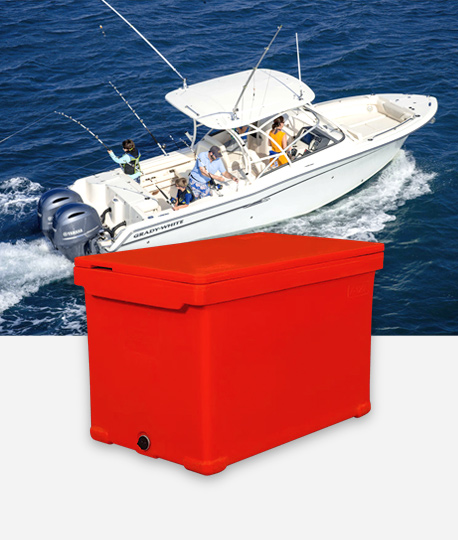Content
- 1 1. Temperature Regulation
- 2 2. Insulation and Thermal Efficiency
- 3 3. Monitoring and Real-Time Tracking
- 4 4. Backup Power Systems
- 5 5. Pre-Trip Preparation and Calibration
- 6 6. Security Against Contamination
- 7 7. Adaptability to Different Product Needs
- 8 8. Reduced Handling and Minimal Exposure
- 9 9. Compliance with Industry Standards
- 10 10. Longer Shelf Life and Waste Reduction
Cold-chain containers are essential for maintaining the safety and quality of temperature-sensitive products, such as pharmaceuticals, perishable food, and chemicals, throughout their transportation and storage processes. These containers are specifically designed to keep products within a prescribed temperature range to prevent degradation, spoilage, or loss of efficacy.

1. Temperature Regulation
One of the primary functions of cold-chain containers is to maintain a consistent temperature throughout the supply chain. Cold-chain containers are equipped with state-of-the-art refrigeration units that regulate the temperature based on the specific needs of the products being transported. For example, some pharmaceuticals need to be kept between 2°C and 8°C, while vaccines may require even more stringent temperature control, such as between -20°C and -80°C.
How it works:
- Refrigeration units are powered by electricity, but backup systems ensure temperature consistency if power is interrupted.
- Temperature is carefully controlled via thermometers and sensors, and it can be adjusted remotely by operators.
Examples of temperature-sensitive products:
- Pharmaceuticals: Vaccines, biologics, insulin, and certain medical devices.
- Food: Dairy, meat, seafood, fruits, and vegetables.
- Chemicals: Certain chemicals and raw materials that require specific temperatures to maintain stability.
2. Insulation and Thermal Efficiency
Cold-chain containers are designed with high-quality insulation materials that significantly reduce temperature fluctuations. The insulation ensures that cold air remains inside the container and hot air is kept out, or vice versa, depending on the product requirements.
Key Insulation Features:
- Foam Insulation: Commonly used to line the interior of cold-chain containers, foam insulation prevents heat exchange between the inside and outside of the container.
- Reflective Surfaces: Some containers use reflective materials to help bounce heat away from the container, maintaining a cooler internal temperature.
These features help cold-chain containers maintain their internal temperature for extended periods, reducing energy consumption and ensuring products remain at the optimal temperature.
Example:
A refrigerated container used for shipping perishable foods such as strawberries, which must remain at around 4°C, will use a combination of foam insulation and active refrigeration to ensure the product doesn’t spoil during transit.
3. Monitoring and Real-Time Tracking
To ensure that temperature-sensitive products are maintained within the required range, modern cold-chain containers are equipped with temperature and humidity sensors that provide real-time monitoring. These sensors continuously track internal conditions, alerting operators if there are any deviations from the optimal conditions.
Benefits of Monitoring:
- Alerts: Real-time alerts can be sent to logistics managers if the temperature rises or falls outside the predefined range, allowing immediate corrective action.
- Data Logging: Temperature data is often logged and stored for later analysis, ensuring traceability and compliance with regulations such as Good Distribution Practices (GDP).
How it works:
- Some cold-chain containers come with remote monitoring systems that allow logistics operators to monitor conditions from anywhere in the world via an app or web interface.
- Real-time data from the sensors can help optimize routes, improve performance, and reduce risks.
Example:
In pharmaceutical transport, real-time temperature tracking ensures that vaccines are stored at the correct temperature at every stage of the journey, from manufacturer to healthcare provider.
4. Backup Power Systems
Cold-chain containers are often equipped with backup power systems to ensure that products are protected even in the event of a power failure. This is particularly important when transporting temperature-sensitive products over long distances, where power outages or mechanical failures could lead to temperature excursions that might compromise the product.
Backup Power Systems Include:
- Battery-Powered Refrigeration: If the main power supply fails, battery-powered systems can keep the refrigeration unit running for a specified period.
- Fuel-Operated Generators: Larger cold-chain containers often use small generators to keep the refrigeration unit running in case of power loss.
This redundancy in power systems helps ensure that products are never exposed to dangerous temperature shifts, maintaining product integrity until they reach their destination.
5. Pre-Trip Preparation and Calibration
Before cold-chain containers are used for shipping, they are carefully prepped to ensure they are at the right temperature before the products are loaded. This preparation process can include pre-chilling or pre-heating the container, depending on the temperature needs of the cargo.
Key Steps in Pre-Trip Preparation:
- Pre-cooling: Refrigerated containers are cooled to the required temperature before products are loaded, ensuring that there’s no temperature spike when the products are placed inside.
- Calibration: Temperature sensors and monitoring systems are calibrated to ensure accurate readings during transit.
These steps are essential to ensure that products are not exposed to fluctuating temperatures during the loading process.
6. Security Against Contamination
In addition to temperature control, cold-chain containers also help maintain the safety of temperature-sensitive products by preventing contamination. Containers are sealed tightly to prevent the entry of contaminants such as dust, bacteria, or foreign particles that could compromise the integrity of the products inside.
Security Features Include:
- Sealed Doors: Cold-chain containers are equipped with tight seals around doors and openings to ensure that external elements do not affect the cargo.
- Ventilation Systems: Some containers use airflow management systems that reduce moisture buildup, preventing the growth of mold or mildew that could damage the products.
7. Adaptability to Different Product Needs
Cold-chain containers are highly adaptable, allowing for precise temperature regulation depending on the type of product being transported. Some products, such as frozen foods, require sub-zero temperatures, while others, like fresh produce, require refrigerated conditions just above freezing. Cold-chain containers can accommodate a wide range of temperature settings to meet the specific needs of different products.
Temperature Ranges for Common Products:
| Product Type | Required Temperature Range | Example Products |
|---|---|---|
| Frozen Foods | -18°C to -20°C | Frozen vegetables, ice cream, meat |
| Refrigerated Goods | 2°C to 8°C | Dairy products, fresh fruits and vegetables |
| Pharmaceuticals | -20°C to +8°C | Vaccines, insulin, certain biologics |
This adaptability ensures that every type of temperature-sensitive product is transported under the right conditions.
8. Reduced Handling and Minimal Exposure
Cold-chain logistics typically follow best practices to minimize the number of times products are handled. This reduces the risk of temperature deviations during loading and unloading, ensuring that products stay within the required temperature range.
Reduced Handling Includes:
- Automated Loading/Unloading Systems: In some logistics systems, automated machinery is used to load and unload products quickly, reducing human handling time and exposure to temperature variations.
- Dedicated Cold Storage Facilities: Using temperature-controlled warehouses minimizes the risk of temperature changes when products are being transferred between storage and transportation.
9. Compliance with Industry Standards
Cold-chain containers are designed to comply with international standards for temperature-controlled logistics, ensuring that products meet legal and industry-specific requirements. For example, pharmaceutical shipments often need to adhere to Good Distribution Practice (GDP) guidelines, while food shipments must comply with Hazard Analysis and Critical Control Points (HACCP).
Regulatory Compliance Includes:
- GDP Compliance: Ensures pharmaceutical products are stored and transported under controlled conditions.
- HACCP Compliance: Food products are handled according to strict guidelines to prevent contamination and spoilage.
10. Longer Shelf Life and Waste Reduction
By maintaining the correct temperature throughout the entire supply chain, cold-chain containers extend the shelf life of temperature-sensitive products. This results in less spoilage, reduced waste, and more efficient supply chains. For example, perishable foods, such as berries, will stay fresh longer, and vaccines will retain their potency when kept within the required temperature range.
Examples of Waste Reduction:
- Food Waste: Fresh produce transported in cold-chain containers can last longer, reducing waste due to spoilage.
- Pharmaceutical Waste: Vaccines and biologics are less likely to lose potency when transported within their required temperature range.


 English
English Español
Español عربى
عربى 中文简体
中文简体
-4.png)
-4.png)
-2.png)

-2.png)
-2.png)




